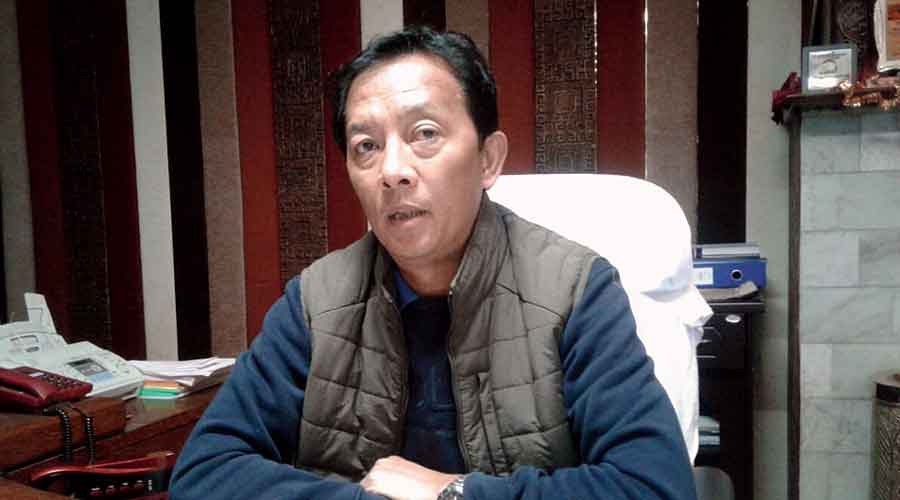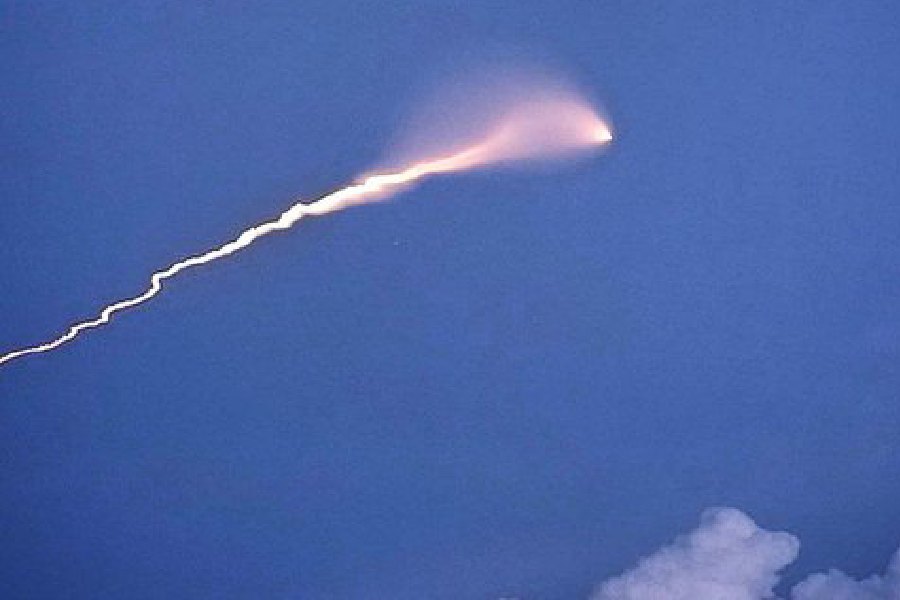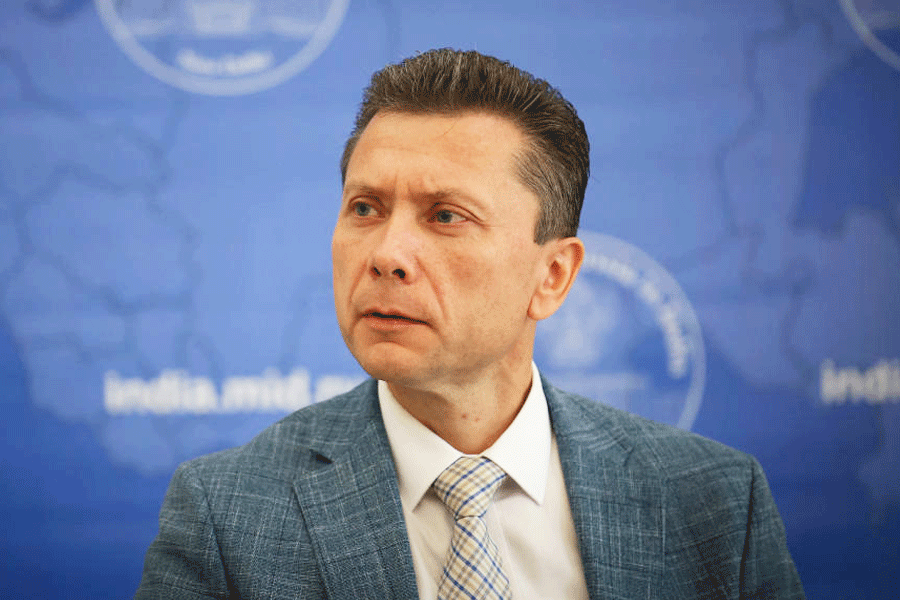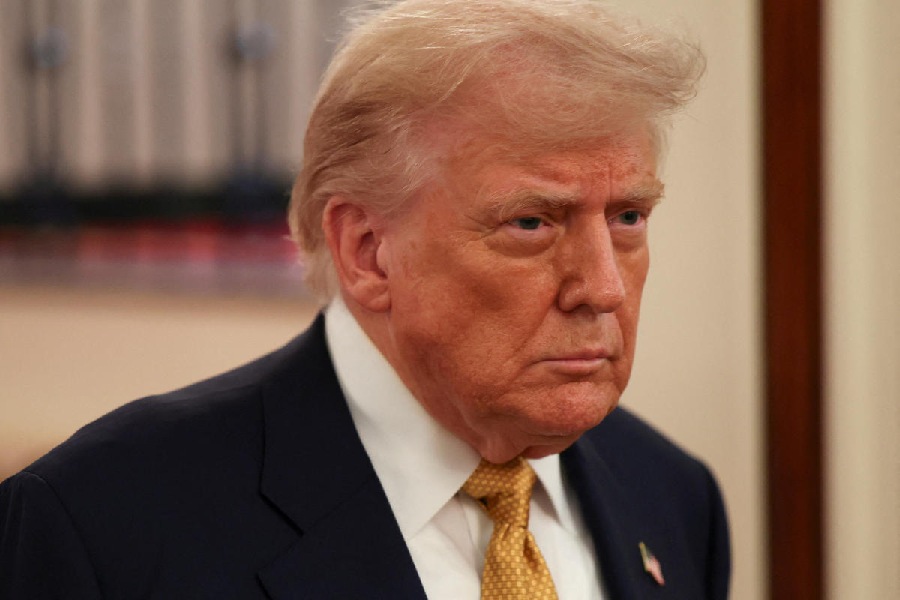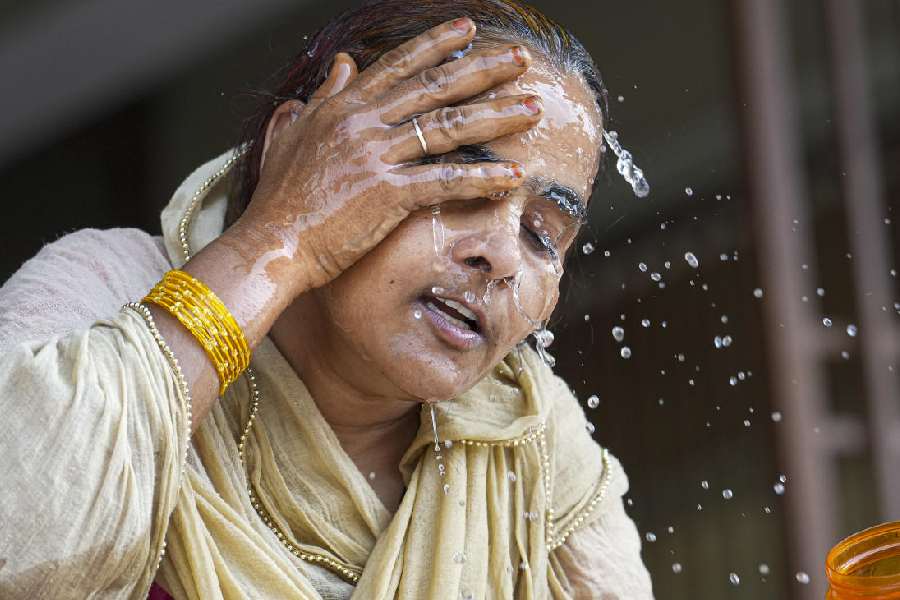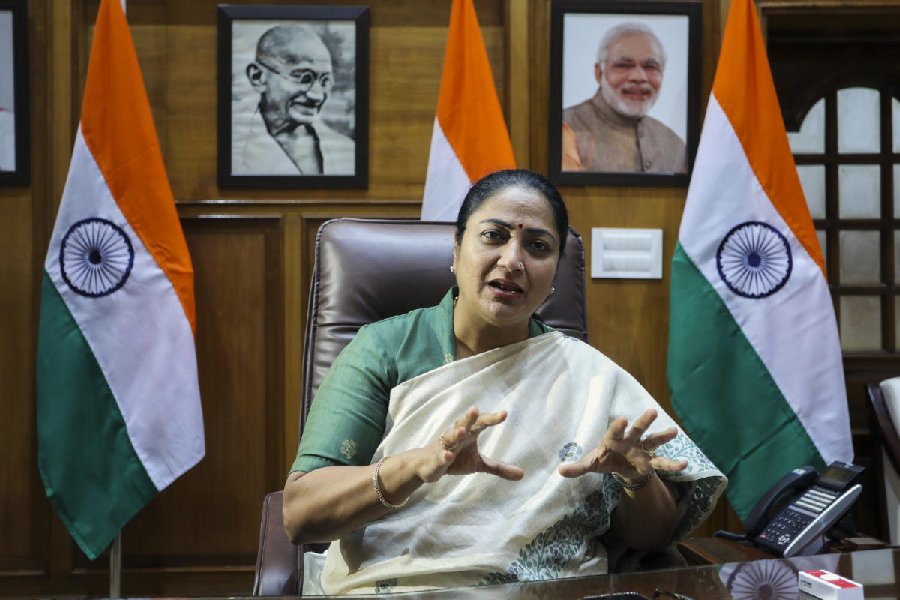The alleged inaccurate numbers of Nepali speakers on the census is an issue this poll season in Darjeeling hills, with organisations appealing to political parties to speak on the census enumeration process during campaigns.
Census figures reveal that while decadal growth of people having listed their mother tongue as Nepali grew by 38.29 per cent between 1991 and 2001, the growth was only 1.89 per cent from 2001 to 2011. This decade’s census is due this year.
While Nepali speakers were 20,76,645 in the 1991 Census the figure rose to 28,71,749 in 2001. However in the next 10 years, numbers went up by just over a lakh, said Anjani Sharma Bhujel, spokesman, Gorkhaland Sanyukta Sangharsh Samiti (GSSS), an organisation which works on socio-political issues in the region. “The 2011 Census figures recorded 29,26,168 people having Nepali as their mother tongue,” she said.
Only Konkani with a decadal growth of minus 9.34 and Urdu with minus 1.48 fared worse than Nepali among 22 languages under the Eight Schedule of the Constitution.
However, Anjani added that her organisation feels that the true numbers of Nepali-speaking population are not getting reflected in the census owing to various reasons.
The Nepali community has a number of sub-communities like Tamang, Gurung, Limbu, Rai, Newar etc, and each has their own dialect and some even their own script, though Nepali is accepted as a lingua franca of this community. Many believe that members of sub-communities tend to list their dialect as mother tongue instead of the lingua franca. “We are trying to explain to the people the definition of mother tongue vis-à-vis census and to record it accordingly,” said Anjani.
A glance through the list of non-scheduled languages in Census suggests people have recorded Tamang, Subba or Rai as their mother tongue.
Many also believe that the race to get their sub-community recognised as a Scheduled Tribe might also have propelled people to highlight their dialect/language over lingua franca Nepali.
Eleven Gorkha sub-communities are currently demanding tribal status, and apart from Khas, all other communities have their own dialect and some even their script.
“Geographic difficulties given the hill terrain might also be a factor in some places. Enumerators may not be able to meet each and every family,” said a social activist from Darjeeling.
GSSS along with other similar groups like Federation of Indian Gorkhas are taking the lead in explaining the enumeration process and also appealing to political parties to explain the nitty-gritty during their election campaign.
Binay Tamang, president of his faction of the Gorkha Janmukti flagged off the issue during his address in Assam recently. The Communist Party of Revolutionary Marxists (CPRM) have also been participating in awareness programmes organised by GSSS.

